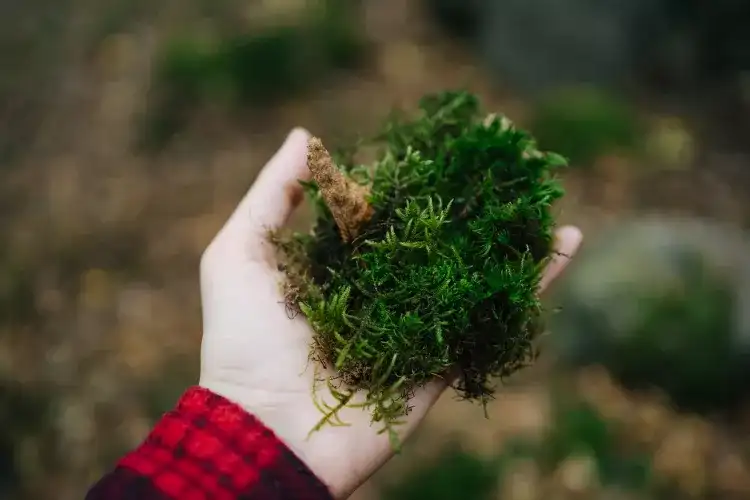While the ideal solution to pollution is prevention, the transition to a post-carbon world is far from complete. In the meantime, nature itself offers innovative tools for repairing environmental damage. Bioremediation the use of plants, bacteria, and fungi to clean contaminated air, soil, or water is rapidly gaining ground as a practical, eco-friendly way to address the consequences of industrialization and poor waste management.
Human activity has left many landscapes damaged and polluted, but bioremediation provides a pathway to restore these ecosystems. By leveraging natural processes, we can reduce or even eliminate harmful pollutants and help ecosystems recover.
Here are some fascinating ways bioremediation is helping to clean up our planet:
- Cleaning the Air: Biological carbon capture is making headlines, such as in the Algoland project, where microalgae use photosynthesis to capture carbon dioxide at a factory scale. Microalgae are being explored not only for their ability to sequester CO2, but also for producing renewable biofuels, food, animal feed, and even pharmaceuticals. At the UK’s Drax power station, captured CO2 is being turned into fish food, while seaweed is investigated for its role in large-scale carbon sequestration.
- Biofiltration is replacing chemical scrubbing in many factories, relying on microorganisms in a replaceable culture medium to break down volatile organic compounds into harmless substances. This method is currently the only biological approach for cleaning airborne industrial pollutants.
- Enzymatic processes are increasingly used in factories to minimize pollution. Notably, scientists have discovered enzymes capable of breaking down plastic waste, offering hope for tackling one of the most persistent environmental problems.
- Urban areas are also experimenting with nature-based air purification. Planting trees reduces urban air pollution, but mosses can be even more effective at absorbing heavy metals and harmful substances from the air. The “City Tree” a moss wall acting as a fine dust filter is already being used in cities across Europe and Asia. A single City Tree can absorb as much pollution as 275 regular trees, significantly improving air quality in dense urban environments.
- Cleaning Water: Microorganisms are increasingly used in bioreactors to decontaminate polluted water, while in-situ bioremediation applies bacteria and fungi directly to soil and groundwater. Microfauna such as nematodes and protozoa are also being investigated for their ability to help restore contaminated soils.
- Constructed wetlands, reed beds, and vegetated swales are natural systems that filter pollutants from runoff, protecting rivers and lakes. These plant-based systems, known as phytoremediation, harness the cleaning power of nature to restore water quality.
- Cleaning Soil: Mycoremediation, the use of fungi (especially mushrooms) in ecosystem restoration, is showing great promise. Mushrooms can break down or absorb toxic substances, helping to return contaminated land to health.
- Hyperaccumulator plants can be planted on polluted sites to extract heavy metals and toxins from the soil, gradually restoring these areas to a cleaner, healthier state.
The power of nature to heal itself with a little help from science is remarkable. From carbon-capturing algae to pollutant-absorbing moss, and mushrooms that remediate soil, bioremediation offers real solutions to the problems humanity has created. While we must continue to prioritize prevention and responsible management of waste and emissions, these biological tools give hope that, step by step, we can repair much of the damage already done.





